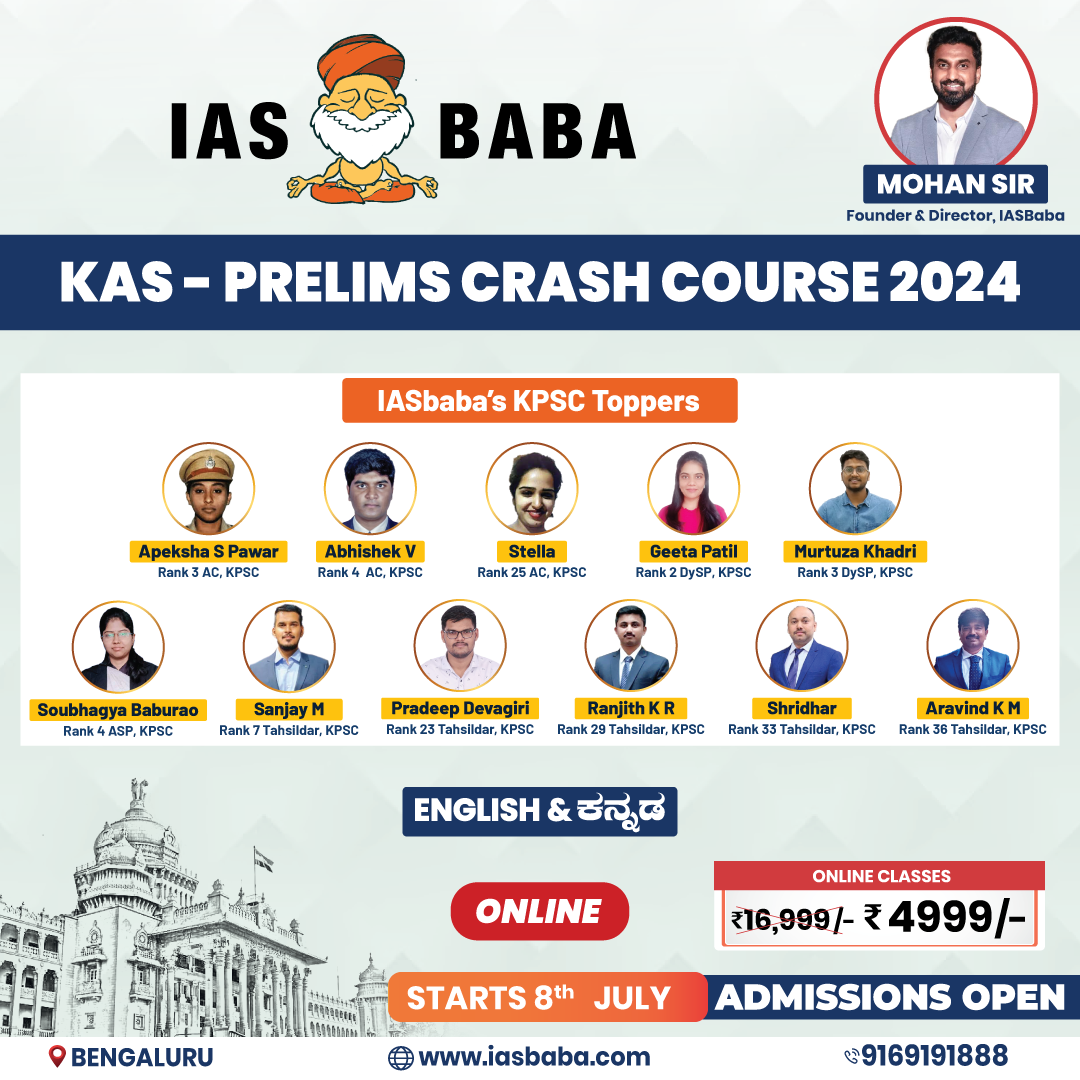Economics
Context:
- It took the COVID-19 pandemic to expose the precariousness of human society across the world. As the importance of social security came into focus after the major waves of the pandemic, the debate on universal basic income (UBI) began to resurface in policy circles across the globe.
What is UBI?
- Universal basic income (UBI) is a government program in which every adult citizen receives a set amount of money regularly.
- The goals of a basic income system are to alleviate poverty and replace other need-based social programs.
- Economic Survey of India 2016-17 has advocated the concept of UBI as an alternative to the various social welfare schemes to reduce poverty.
Arguments in Favour of UBI:
- UBI will treat the beneficiaries as agents, and will allow them to use the money in the manner they see best, for their benefits. The Government will stand to respect, rather than dictate, individuals’ choices.
- According to NSS 2011-12, there is a shortfall of allocation of welfare to poorer regions, and hence, there is lower per capita income in these regions as compared to other districts.
- These direct transfers will ensure that there is no encroachment by the intermediaries and bureaucrats on the grants to be received by people.
- An increase in income will help financially instable people to gain access to credit provided by banks, which was earlier constrained due to low levels of income.
- It will release them from the sufferings produced by the moneylenders.
- The JAM (Jan-Dhan, Aadhaar and Mobile)infrastructure can supplement the implementation of UBI and lead to greater efficiency and transparency.
- The Pradhan Mantri Jan Dhan Yojana has been successful in opening more than 26 Crore bank accounts which will ease the procedure for direct transfer of the grant.
- The Aadhaar and Mobile infrastructure can assist in maintaining identity records and easing transactions for individuals respectively.
- The current labour market is terribly un-free because it relies on coercion, workfare, sanctions, draconian anti-labour legislation The introduction of Universal Basic Income would create a much freer labour market.
- UBI will ensure that the people achieve basic capabilities in terms of health, education, and minimum income.
- When government intervenes in the market to influence the prices, as in PDS, the outcomes are either unintended or less than optimal.
- It is also expected that UBI will lead to expansion of economy’s output. Most existing welfare schemes in India are part of government’s transfer payments to the public.
- the Pradhan Mantri Kisan Maan-Dhan Yojana (PM-KMY) and the PM-KISAN scheme is availed by about 120 million farmers. Atal Pension Yojana (APY) benefits 40 million people.
- Pradhan Mantri Shram Yogi Maandhan Yojana (PM-SYM) has about five million beneficiaries while there are about 50,000 beneficiaries under the National Pension Scheme for Traders and Self-Employed Persons (NPS-Traders) scheme.
- The largest unorganised sector income security programme is the scheme under the Mahatma Gandhi National Rural Employment Guarantee Act/ NREGS which has about 60 million beneficiaries.
Arguments against Universal Basic Income:
- The major concern with UBI is its fiscal implications.
- It is estimated that a transfer of 10000 per capita per annum under UBI will cost around 10%of GDP to the exchequer whereas all current welfare schemes putting together costs only 5.2% of GDP.
- There is a grave concern that UBI will distort the labor markets, as an easy income in hand received regularly by workers will discourage them to work.
- The Patriarchal stereotype further highlights that the grant received will be spent by men on temptation goods such as tobacco, alcohol, etc.
- This becomes crucial because where earlier the welfare programs allocated funds for different utilities, UBI will end up substituting utilities with temptation goods.
- One unnoticed issue is that of inflation. While food subsidies are not subject to fluctuations in the market prices, the basic income is highly vulnerable to inflationary pressures.
- In addition, the banking infrastructure density in the rural areas is very poor. Reports say that less than 60% of the Jan Dhan Accounts are linked with Aadhaar, which can lead to inconsistency in identification of individual.
- There is also a fear that the scheme might be abused by the political class to win elections.
India’s Pilot Project, Madhya Pradesh
- In 2011, SEWA, funded by UNICEF, conducted a pilot study of Universal Basic Income in 8 villages of Madhya Pradesh for 18 months.
- Most villagers did not prefer subsidies (covering rice, wheat, kerosene, and sugar) as a result of the basic income experience. They chose cash transfers over subsidies.
- Many people used the money to improve their housing infrastructure by building roofs and walls, toilets, etc.
- This meant reduced number of diseases emanating from dirty surroundings, which indirectly reduces their expenditure on fighting such diseases. It was also reported that nutrition level improved, particularly among the Scheduled Castes (SCs) and the Scheduled Tribes (STs).
Though there are many valid concerns but with superseding benefits of better implementation, reduced corruption, reduced leakages, less administrative costs, less red-tapism, better targeting, improved social well-being, the UBI concept can certainly flourish in the Indian economy.
The practical difficulties need to be addressed first before policymakers try to implement the complete UBI policy. As a solution, the introduction of UBI should be done in a gradual manner.
The policymakers must, therefore, evaluate all its pros and cons with accurate measures and statistics, before bringing this paradigm shift.
Note:
Universal Basic Insurance
- The other UBI, i.e. universal basic insurance, is also important.
- The insurance penetration (premium as a percentage of GDP) in India has been hovering around 4% for many years compared to 17%, 9% and 6% in Taiwan, Japan and China, respectively.
- Though the economy largely remains informal, data of that informal sector are now available both for businesses (through GSTIN) and for unorganised workers (through e-Shram).
- This data can be effectively utilized until the Indian economy grows to have adequate voluntary insurance, thus social security can be boosted through the scheme of universal basic insurance.
Source: The Hindu
















